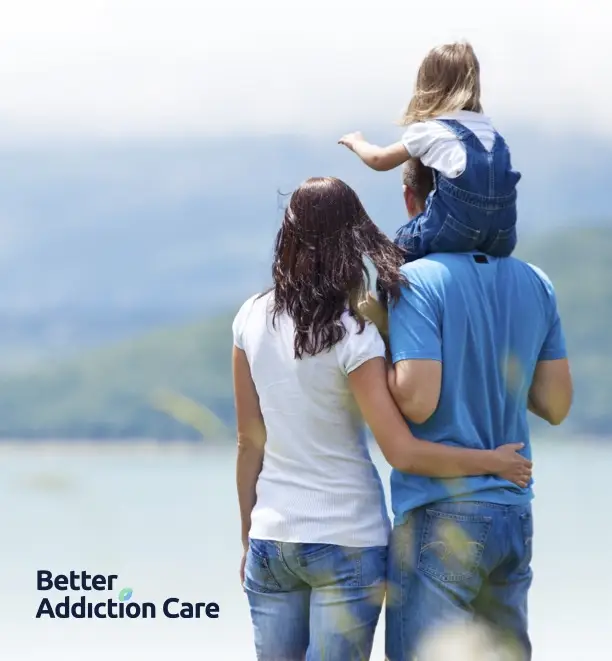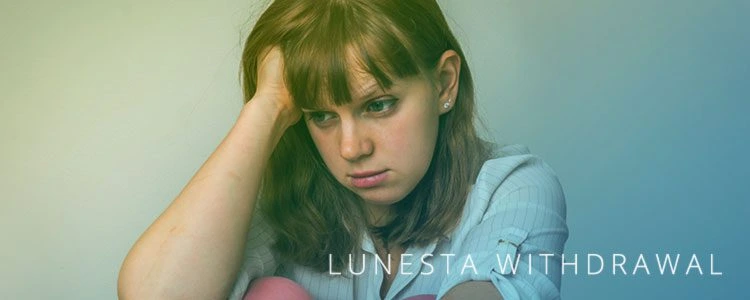Treatment and Rehab
Lunesta is a brand name for eszopiclone, a prescription drug for the short-term treatment of insomnia. As a non-benzodiazepine sedative-hypnotic, it is in the same class of substances as other sleep drugs like Ambien (zolpidem) and Sonata (zaleplon).Because of its potential for misuse and dependence, Lunesta is a Schedule IV controlled substance under the Controlled Substances Act. Overdosing is possible and potentially fatal, especially if you mix Lunesta and alcohol. If you or someone you care about uses or misuses this sedative, it is important to know the signs and symptoms of Lunesta overdose so that you can seek immediate medical attention if necessary.

Signs of Lunesta Overdose
A Lunesta overdose occurs when you or someone else has taken a toxic amount of this sedative and the body cannot process it. The signs and symptoms of a Lunesta overdose can vary depending on the amount of drug the person has ingested and whether they took other medications or alcohol. Any of the following may indicate a Lunesta overdose:
- Slurred speech
- Severe coordination problems
- Seizures
- Drowsiness
- Trouble breathing
- Passing out
- Coma
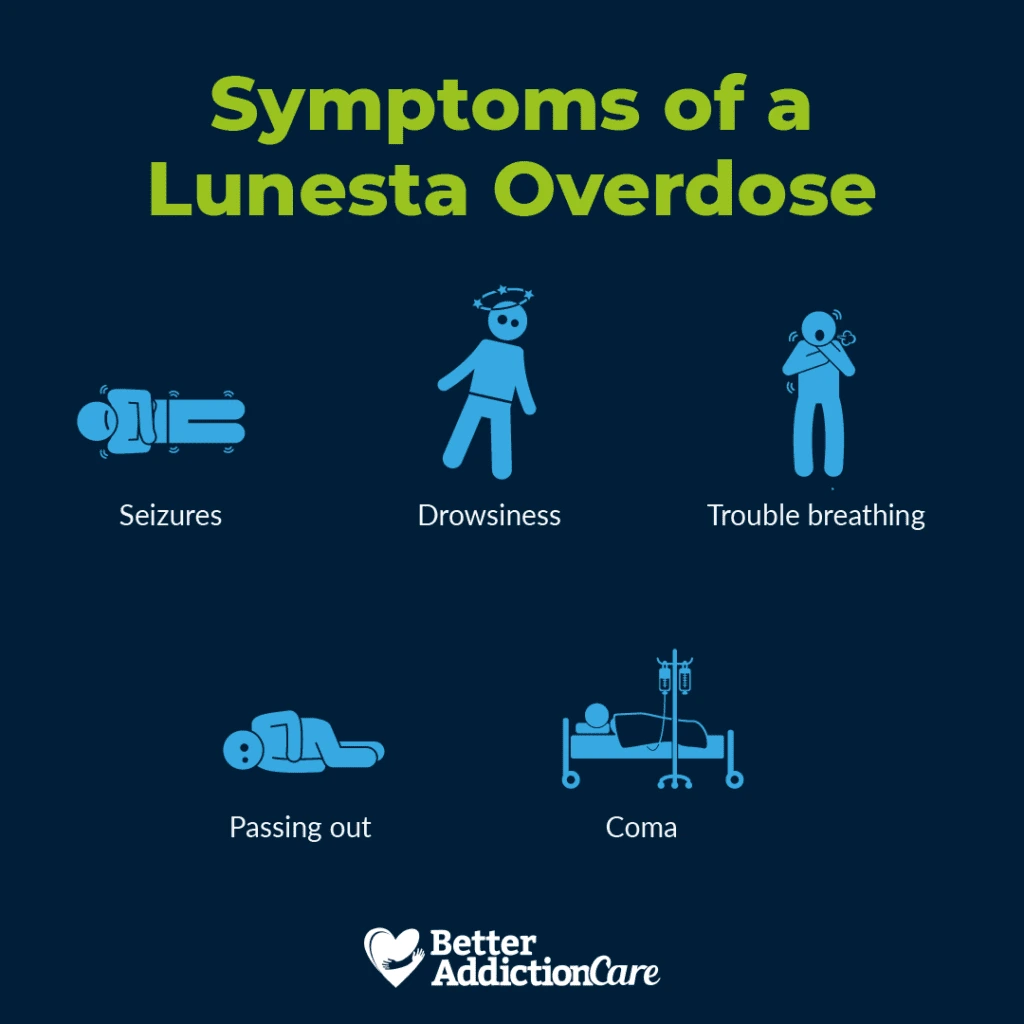
There are other severe Lunesta side effects that may not necessarily indicate an overdose, but you should still seek emergency medical attention right away. These severe adverse effects include:
- Hives
- Rashes
- Itching
- Hoarse voice
- Difficulty breathing
- Difficulty swallowing
- Feeling that your throat is closing
- Swelling of the face, eyes, lips, tongue, throat, or limbs
These adverse effects of Lunesta use are signs of a severe allergic reaction, including anaphylaxis. Call 911 the moment you suspect an allergic reaction or Lunesta overdose.
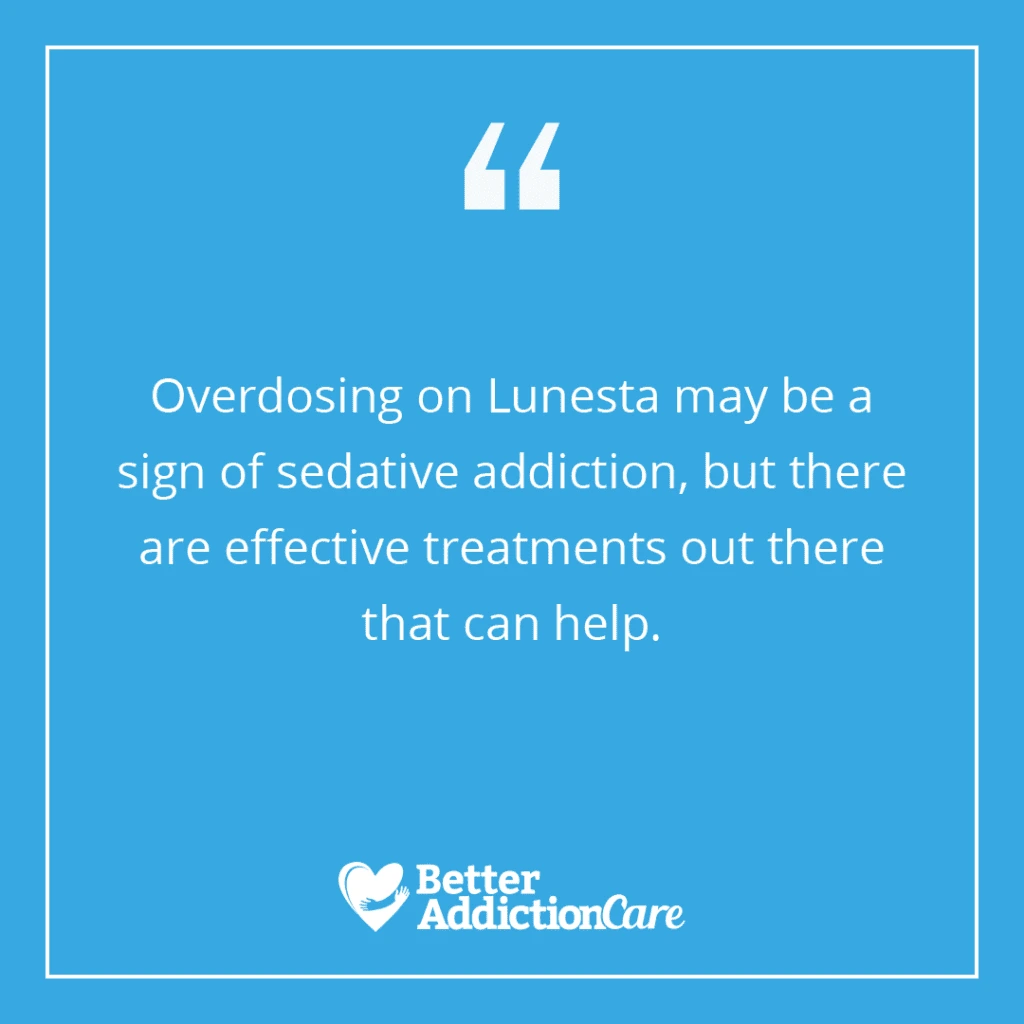
Complex Sleep Behaviors
Another potentially dangerous reaction to Lunesta involves complex sleep behaviors. Lunesta use is commonly associated with complex-sleep related behaviors, such as:
- Sleep driving
- Sleepwalking
- Sleep eating
These activities are unpredictable and potentially unsafe, as you are asleep while doing these things. Sleep-driving, in particular, could have life-threatening consequences if you get into an accident.
Risk Factors for Lunesta Overdose
Although anyone who misuses Lunesta could potentially overdose, there are some risk factors that increase your chance of experiencing an overdose on Lunesta or another sedative-hypnotic drug. These include:
- Panic disorder or symptoms
- Other psychiatric disorders
- Unemployed
- Uninsured
- Alcohol abuse or dependence
- Cigarette use
- Illicit drug use, especially opioids
- History of IV drug use
How to Treat a Lunesta Overdose
First Steps to Take
1. Call 911 Immediately
Try to remain calm. Provide as many details about the incident as you can and follow the instructions of the operator.
2. Perform CPR If Necessary
If the person is not breathing and you do not have access to an automated external defibrillator (ADE), begin CPR immediately by taking the following steps:
- Open the airway: Lay the person on their back. Place your hand on their chin and slightly tilt the head back.
- Check for breathing: Listen for breathing sounds for up to 10 seconds. Note that occasional gasps do not count as breathing. If there are no signs of breathing, begin CPR.
- Get your hands in position: Place your hands in the middle of the person’s chest, one on top of the other.
- Push: Start pushing hard and fast, keeping your hands extended and using the weight of your body. You should deliver a minimum of 100 compressions per minute. Each compression should be at least 2 inches deep.
- Deliver rescue breaths: Tilt the person’s head back slightly, lift the chin, and pinch the nose. Place your mouth over their mouth. Make sure you have a complete seal. Blow slowly into their mouth twice, making sure their chest is rising with each breath. After two rescue breaths, continue with the compressions.
- Check that their chest is rising: If the chest does not expand with the first rescue breath, re-tilt the head and deliver a second breath. If the chest still does not rise, they may be choking. If so, after every 30 compressions and before attempting breaths, look for a foreign object in their nose and mouth. If you see anything, remove it.
- Continue administering CPR: Keep alternating cycles of compressions and rescue breaths until the person starts breathing, an AED becomes available, or a trained first responder arrives on the scene.

3. Do Not Make the Person Vomit or Give Them Anything to Eat or Drink
Do not try to make the person vomit or give them any food or drinks, including water. This may cause them to choke, which could be fatal.
4. Collect Any Substances You See on the Scene
If you notice any drugs, Lunesta pills, or alcohol lying around, collect them and give them to the emergency team when they arrive. Alternatively, you can bring them straight to the emergency unit or the doctor’s office.
At the Hospital
At the hospital, you or the person who has overdosed on Lunesta will likely receive general supportive measures to alleviate the symptoms. These may include:
- Immediate gastric lavage: The doctors will place a tube through the mouth or the nose to empty the stomach.
- Intravenous fluids: The patient will have a thin tube inserted into their veins. The tube connects to a bag containing fluids, medications, and other substances necessary for the treatment.
- Flumazenil: Flumazenil (branded name Romazicon) is a medication doctors use to reverse slowed breathing in patients with benzodiazepine and sleep drug overdoses. Flumazenil is short acting, so they may administer it every 20 minutes or so until the patient recovers. However, note that Flumazenil can cause seizures and might not completely reverse slowed breathing in people who take certain antidepressants.
- Vital signs monitoring: The doctors will continuously monitor the patient’s pulse, breathing, body temperature, and blood pressure. They may also watch for signs of central nervous system (CNS) depression and monitor methemoglobin levels.
Fortunately, Lunesta overdoses are treatable, and most patients recover. The only Lunesta fatalities in medical literature were in combination with alcohol or other drugs.While you are at the hospital, if you go into Lunesta withdrawal due to physiological dependence, the doctors and nurses can also manage your withdrawal.
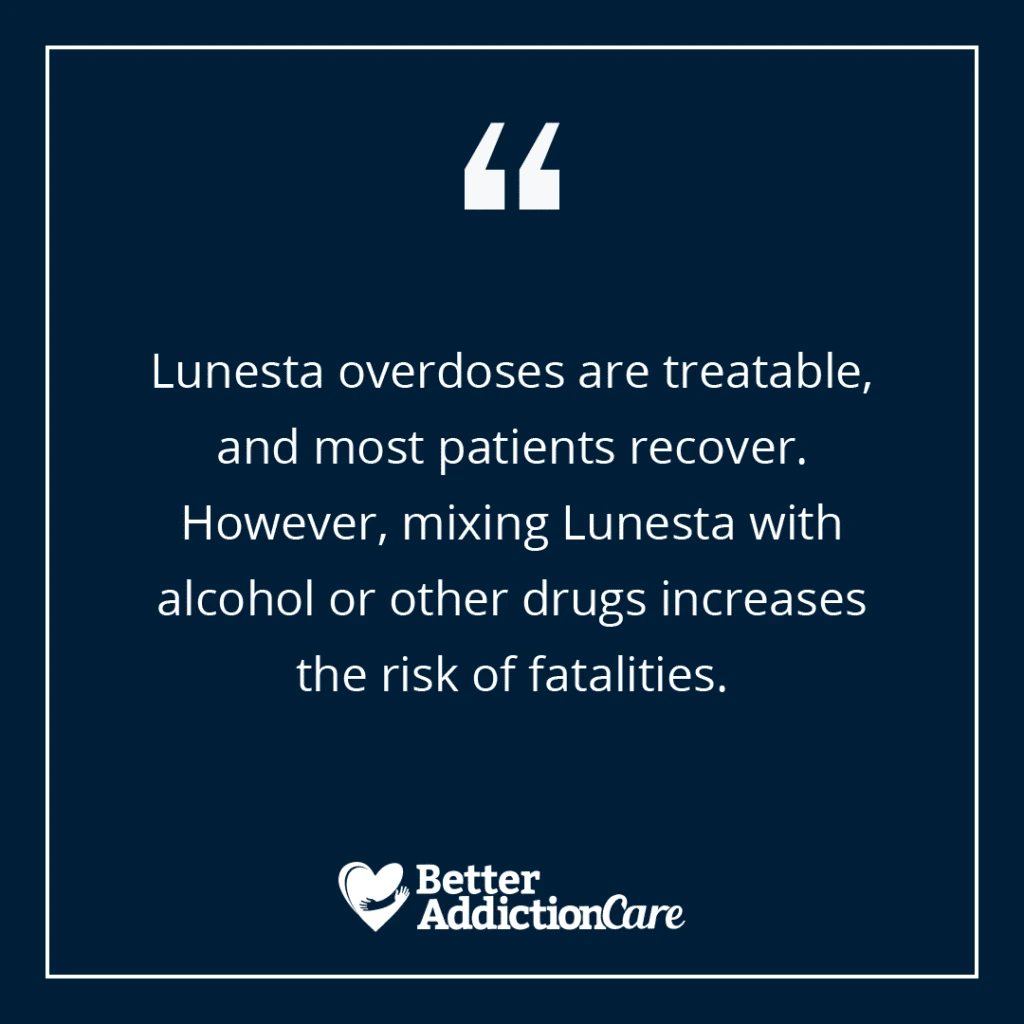
Transitioning to a Lunesta Rehab Program
Overdosing on Lunesta may be a sign of sedative addiction, but there are effective treatment programs out there that can help. Once you have recovered from a Lunesta overdose and have achieved medical stabilization, you may want to consider transitioning into an addiction treatment program.The medical staff at the hospital can help refer you to a program that meets your needs.
Inpatient Rehab
An inpatient Lunesta treatment program may work for you if you have:
- A severe Lunesta addiction
- A polydrug addiction
- A co-occurring mental health disorder, such as anxiety or panic disorder
- A chaotic home life
- Dropped out of outpatient treatment before
You will receive intensive, round-the-clock care and therapy at an accredited facility. Depending on the program and your condition, your stay may last anywhere from 30 to 90 days or longer.
Outpatient Rehab
In an outpatient Lunesta program, you can continue to live at home and only go to the facility to get your treatment. Most facilities require you to attend 10–12 hours a week, for anywhere between three and 12 months. Outpatient rehab may be appropriate for you if you have:
- A mild Lunesta addiction
- High motivation to recover
- A strong and stable support system at home
- Reliable transportation


